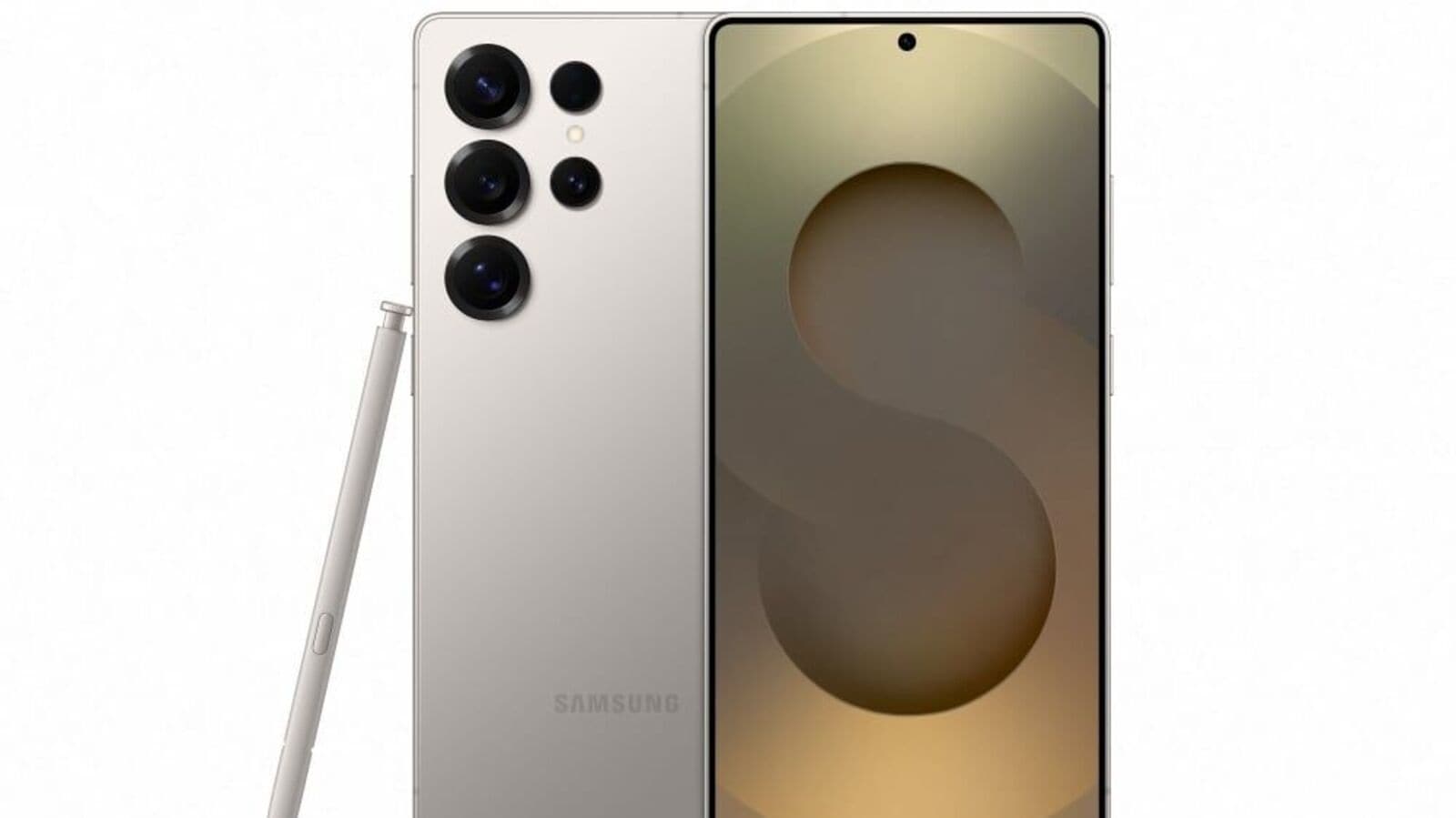Samsung has emerged as the clear leader in the global smartphone market, with shipments rising 7.9 per cent year-on-year to 58 million units in the second quarter of 2025, capturing nearly 20 per cent of the market share, according to preliminary data from the International Data Corporation (IDC) Worldwide Quarterly Mobile Phone Tracker.
Global smartphone shipments show modest growth
Globally, smartphone shipments increased by a modest 1.0 per cent year-on-year to 295.2 million units in the second quarter of 2025. This slight growth comes amid a challenging economic environment marked by tariff volatility, currency fluctuations, rising inflation, and unemployment, which have collectively tempered consumer demand. These factors particularly affected the lower-end smartphone segments, where price sensitivity is highest, resulting in a noticeable slowdown in shipments of low-end Android devices.
China market faces a slowdown despite promotional efforts
The Chinese market, which has traditionally been a significant driver of global smartphone sales, showed a weaker performance in this quarter. Despite the success of the 618 e-commerce festival in terms of sell-through, the promotions were primarily used by original equipment manufacturers (OEMs) and channel partners to clear existing inventory rather than stimulate new shipments. Apple, which was the top brand during the promotional period, saw a one per cent decline in shipments in China. However, strong double-digit growth in emerging markets helped the company record a global shipment increase of 1.5 per cent, with 46.4 million units shipped in total, representing a 15.7 per cent market share.
Other leading smartphone makers also posted mixed results. Xiaomi shipped 42.5 million units, holding a 14.4 per cent market share, while vivo’s shipments rose 4.8 per cent year-on-year to 27.1 million units. Transsion experienced a slight decline of 1.7 per cent, shipping 25.1 million units. The remainder of the market contracted by 3.1 per cent, indicating that smaller vendors and less established brands struggled in the face of broader market pressures.
Despite the political challenges, conflicts, and the complexities posed by tariffs, the smartphone market’s one per cent growth signals resilience and suggests a cautious return to expansion. The quarter saw a slew of new model launches featuring innovative designs and AI integration, contributing to the market’s eighth consecutive quarter of growth, a trend not seen since 2013. These developments underline the industry’s focus on incorporating advanced technology to attract consumers even amid uncertain economic conditions.
